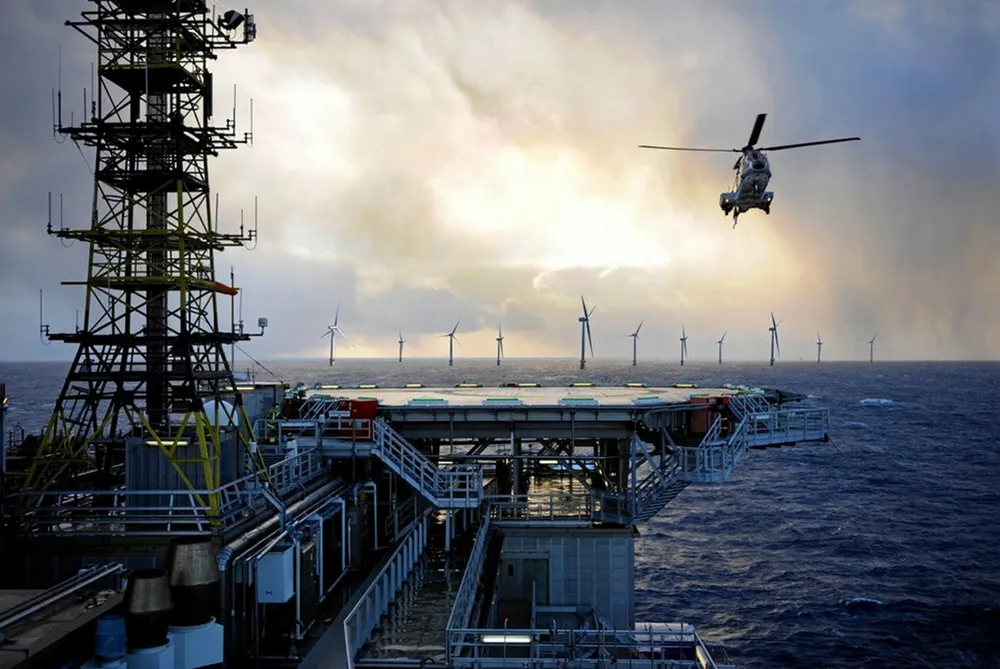Kongsberg nets deal for world’s largest floating offshore wind farm
Equinor’s Hywind Tampen windfarm will provide renewable energy power to oil and gas fields offshore Norway

Equinor’s Hywind Tampen windfarm will provide renewable energy power to oil and gas fields offshore Norway
